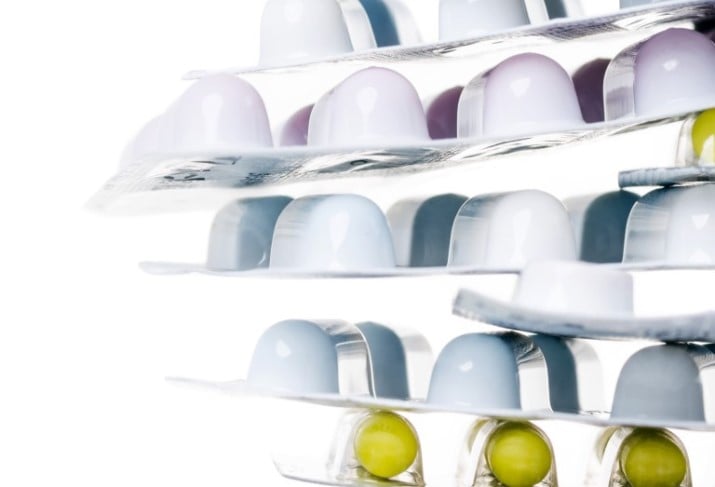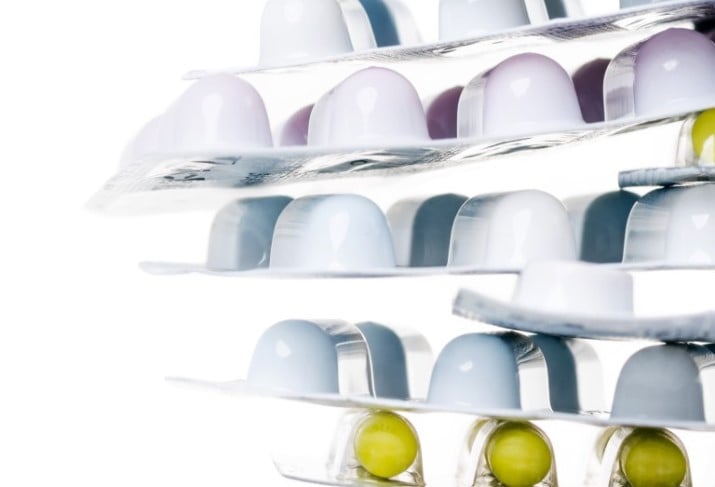April 13, 2016

April 13, 2016


On Wednesday, April 6th, FDA published a guidance, entitled “Contents of a Complete Submission for the Evaluation of Proprietary Names,” in accordance with one of the PDUFA IV performance goals. The guidance, which is part of the Agency’s initiative aimed at minimizing medication errors, applies to:
Although the guidance covers various topics regarding the evaluation of proposed proprietary names, it places an emphasis on the content requirements for complete submissions.
FDA states that “each submission should be identified as follows:
Proposed proprietary name evaluation submissions for products that are the subject of an IND should include FDA Form 1571; submissions for products that are the subject of an NDA, ANDA, or BLA should include FDA Form 356h. The information that is provided on the form includes:
The guidance outlines the information about the proposed proprietary name that all submissions should contain, including:
In its guidance, FDA describes what a submission should include if the product has proposed labels and labeling, as well as what should be included if the product does not yet have proposed labels and labeling.
If the product does have proposed labels and labeling, both the proposed labeling and the proposed container labels and labeling should be included in the submission. This includes:
If the proposed container labels and labeling are available, the size of the actual label should be indicated in the submission. In addition, the label, labeling, and packaging should be provided in color, and should “reflect the presentation that will be used in the marketplace, so that FDA can assess the presentation of the product name and information. For small container labels and labeling, please provide the original copy and a larger copy for ease of review.”
FDA states that the proposed container labels and other proposed external labeling will be evaluated to identify potential problems that could lead to confusion and cause medication errors. The guidance provides a number of examples, such as:
If the product does not yet have proposed labels or labeling, FDA states that the applicant must provide following information, which is normally contained in professional labeling:
The following product dispensing and delivery information should be included in all submissions:
Any assessments of the proprietary name, packaging, and/or labeling conducted by the applicant may be included in the submission, but will not act as a substitute for other information described in the guidance as constituting a complete submission. In addition, if this information is not included, FDA will not consider a submission to be incomplete.
For additional details on the Agency’s recommendations, view the FDA’s full guidance.
Are you developing a FDA-regulated product? Do you need to prepare an application for submission to FDA? We can help. For more information about our services and how we can help you, contact us today.
April 13, 2016
In September 2007, the Prescription Drug User Fee Act (PDUFA IV) was reauthorized and expanded, broadening and strengthening FDA’s drug safety program. As part of PDUFA’s reauthorization, the Agency...
April 12, 2016
In September 2007, the Prescription Drug User Fee Act (PDUFA IV) was reauthorized and expanded, broadening and strengthening FDA’s drug safety program. As part of PDUFA’s reauthorization, the Agency...

April 19, 2016
On September 27, 2007, the Prescription Drug User Fee Act (PDUFA IV) reauthorization and expansion was signed into law, significantly strengthening FDA’s drug safety program. As part of the...